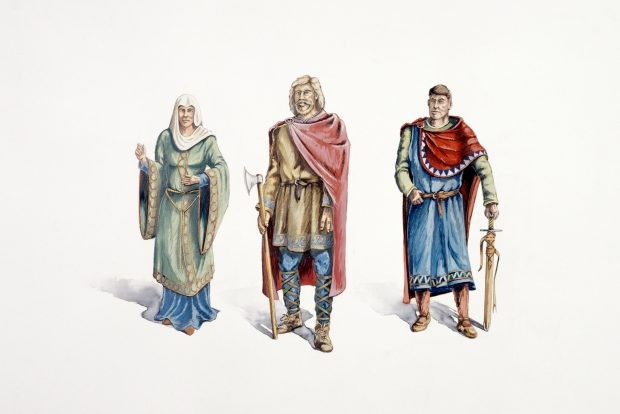Who was Eadnoth the Staller?
And what exactly is a staller?

Eadnoth the Staller was one of England's most significant quislings. He was an Anglo-Saxon official and landowner who nonetheless took up service with the new Norman regime after 1066.
As a ‘staller’ (a title introduced under the Danish king Cnut and reserved for the wealthiest thegns enjoying the king’s intimate favour), Eadnoth occupied a prominent role at the court of Edward the Confessor.
Royal steward and justice in the early 1060s, with estates scattered across five of the counties of Wessex, Eadnoth made his peace with William of Normandy after the battle of Hastings, and served as an agent of Norman rule in Somerset.
What happened to Eadnoth the Staller?
He died in 1068, in a skirmish fought near the Severn estuary, repelling an abortive attempt by the sons of the late King Harold to seize Bristol.
The vast majority of his estate, worth £100 or more, was used for the endowment of the future earldom of Chester. At least six manors, however, were acquired by his son, Harding son of Eadnoth, ancestor of the Fitz Harding family of Bristol, future lords of the great honour and castle of Berkeley.
The present Lord Berkeley is himself a very distant descendant and still sits in the House of Lords as a life peer, under the title Lord Gueterbock.
Nick Vincent is professor of history at the University of East Anglia

Start the year with a subscription to BBC History Magazine - £5 for your first 5 issues!
As a print subscriber you also get FREE membership to HistoryExtra.com worth £34.99 + 50% London Art Fair 2024 Tickets




